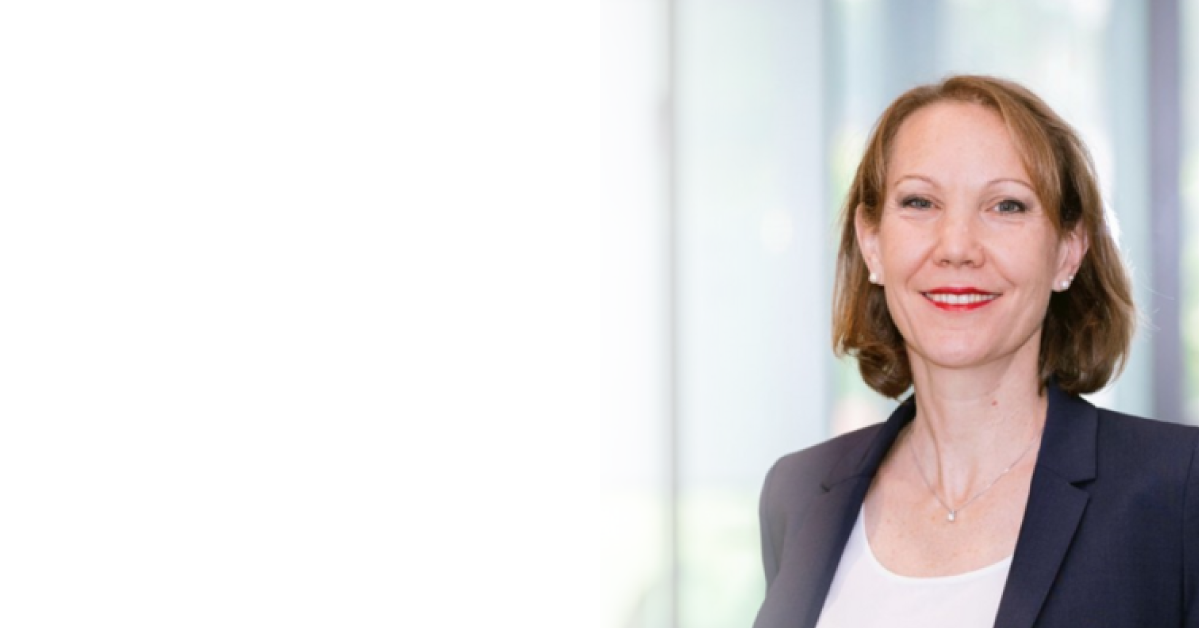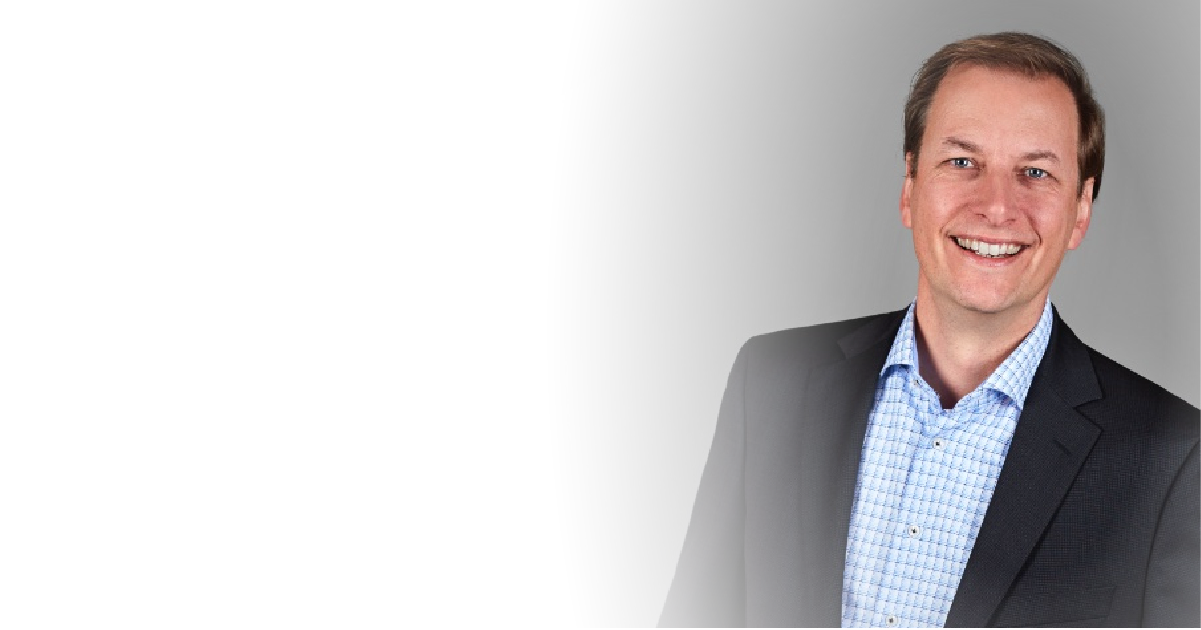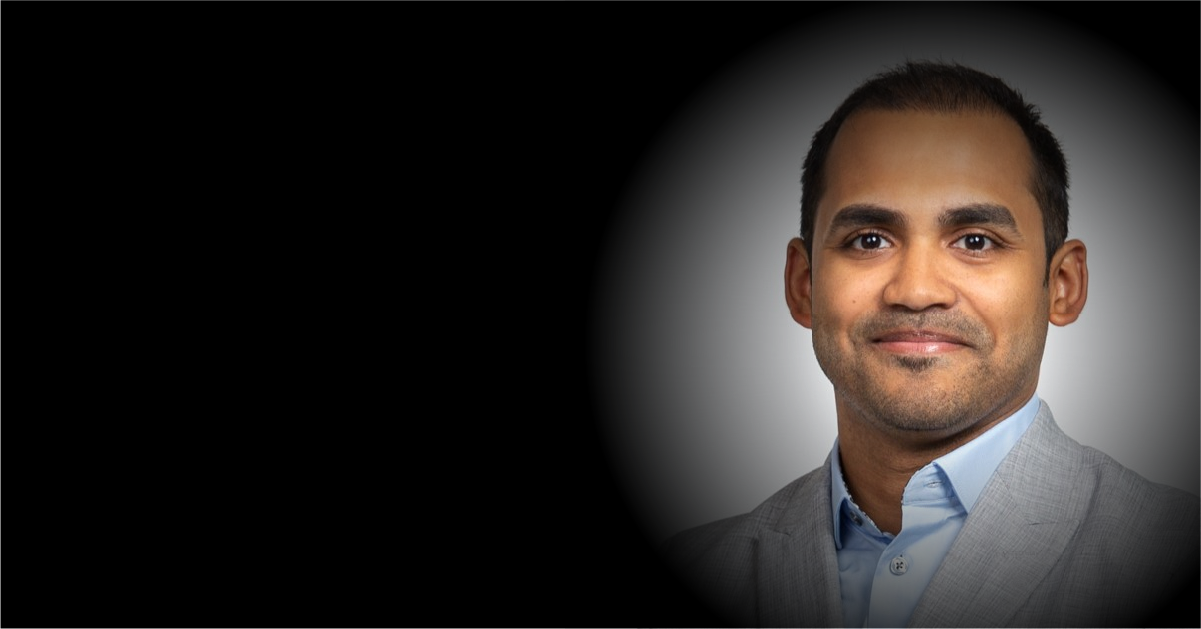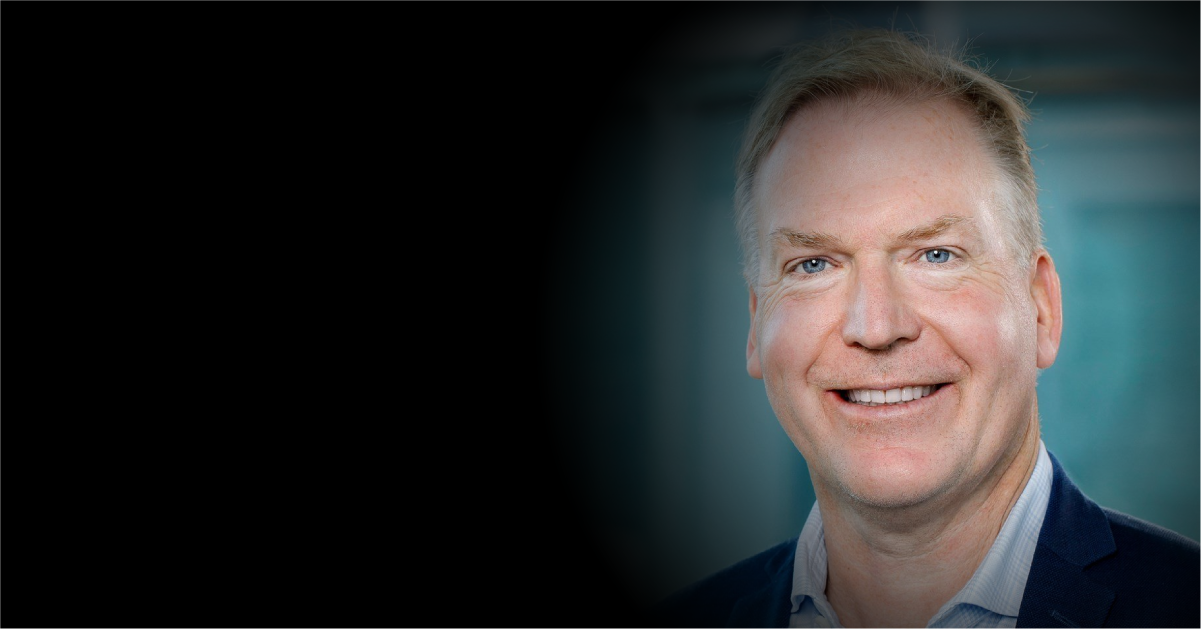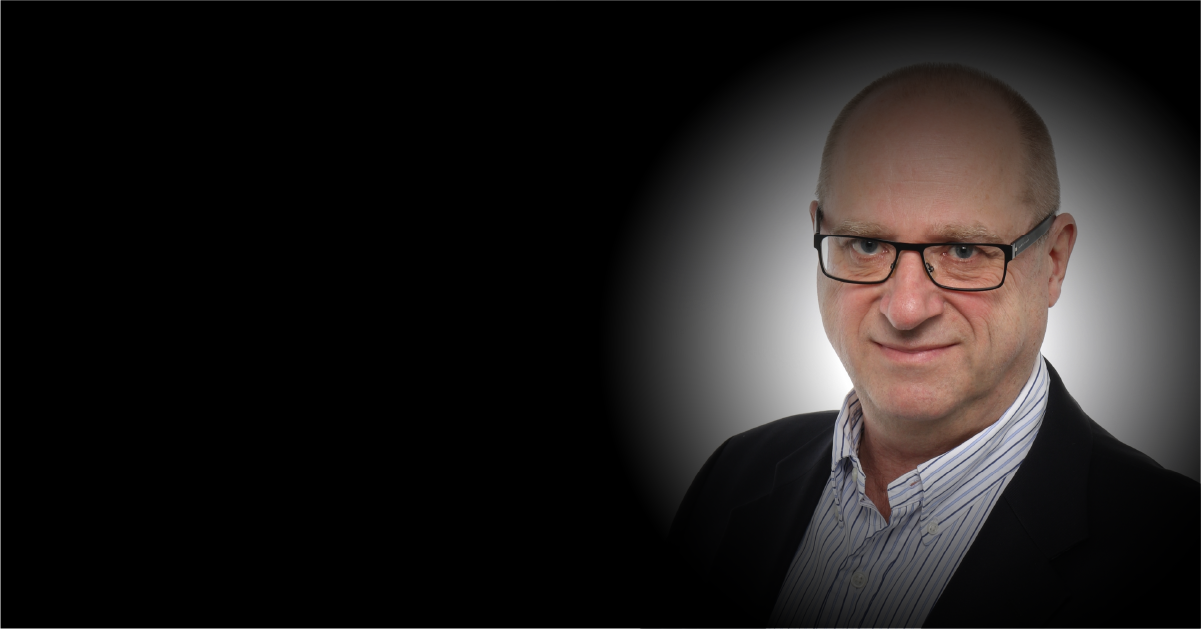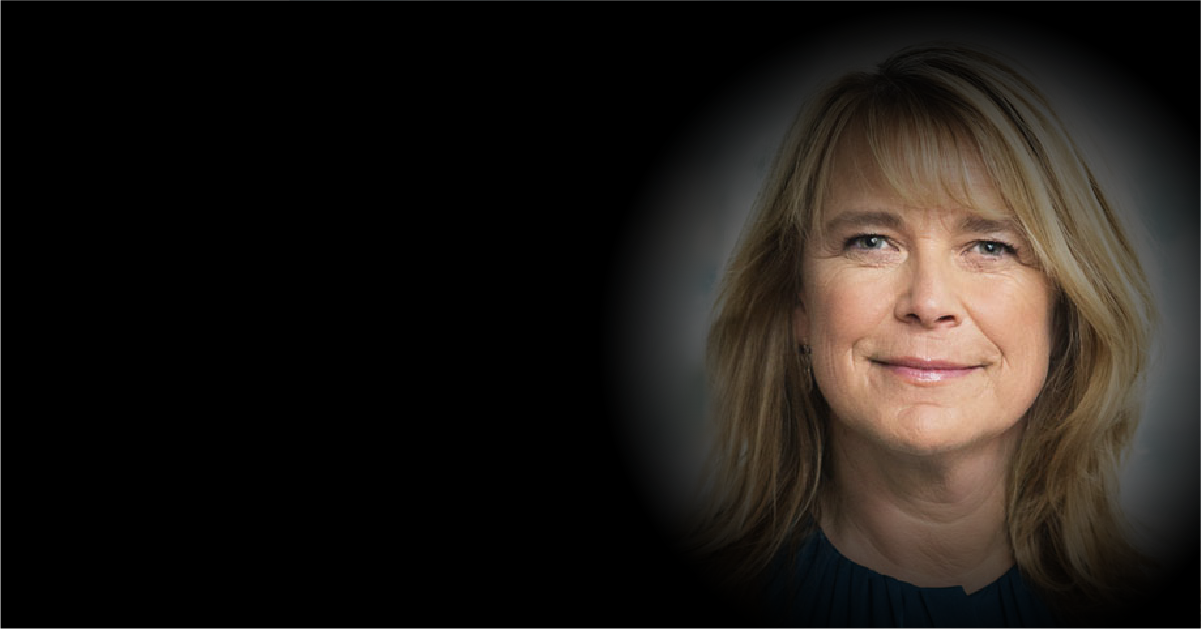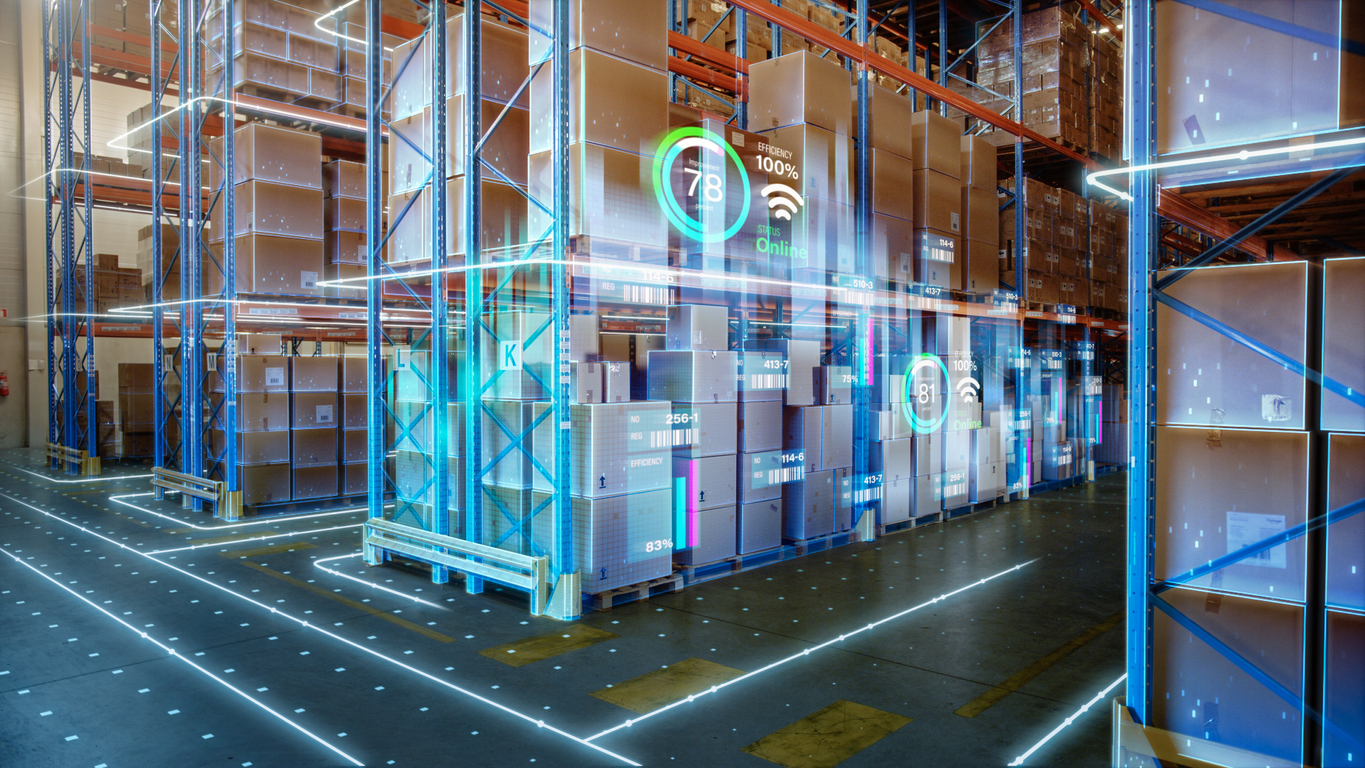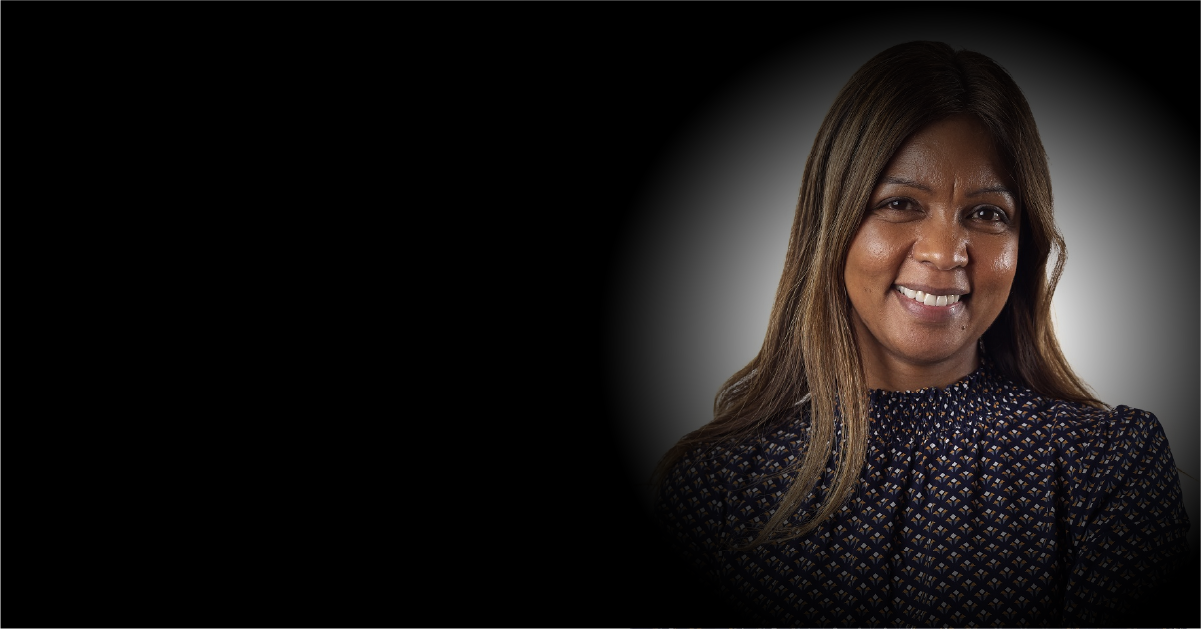From the semiconductor crisis to a global pandemic and now the Russia-Ukraine war, the automotive industry has struggled with supply chain challenges because of global volatility. We speak to Christine Cheminay, Director of Global Purchasing Battery Systems at Webasto Group on the supply chain challenges facing the automotive industry, sustainability, and women in leadership.
Global developments, such as the COVID-19 pandemic in 2020 and the recent Russia-Ukraine war, have a ripple effect across industries. What are some supply chain challenges facing the automotive industry right now?
It is a very volatile situation and indeed, while we start from COVID-19, let’s also not forget about the semiconductor crisis. We have been facing a shortage of chips for almost two years and are chasing electronic components on a daily basis. with COVID-19, the effect was increased because, in that period, modern consumer products got a stronger focus while automotive volumes went down. As now both industries want to be on a high level, we face a shortage and price increase.
We see the same effect on energy and logistics for the past year. Plus, the raw material prices have increased and now there is war in Ukraine where we have partners and suppliers that we need in our chain.
What it led to is a need for us to be fast in creating a task force and implementing it in our daily business, to have daily check routines, resilient people, and reliable supply chain tools. This is a challenge.
It is putting a lot of pressure on people. COVID-19 brings a lot of mental challenges. Not for everyone, but there are people who are tired, lonely, and stressed – overall overwhelmed by this situation, and we should not forget this in the daily run of activities.
I think that tension must be in the daily focus of leaders in a company – to think about how we care about our people. Where can we support them and how can we create balance?
And it is not only about big steps. I think we need to watch the small steps and small support for our people. It is an attitude of how we approach our people to get into a positive mindset based on our values, our culture.
But of course, the longer these struggles last, the more exhausting it is for everybody. So that’s why we cannot just rely on being friendly to each other or doing an activity together. We must really think about how to implement an environment that is supporting the challenges of the market.
How can businesses ensure supply chain resilience amid disruptions due to global crises?
That’s interesting because we’ve talked about resilience for almost two years now. We started with COVID-19, and now companies who can be resilient have already implemented plans.
But in an individual business-related situation, we need to look at what resilience really means. For purchasing, it can mean different sourcing behavior (e.g. multiple-sourcing instead of single sourcing). Or can we change to a different material or technology?
For me, a one-size-fits-all solution doesn’t exist.
I really believe that sometimes we need to be creative or change the demand. And that cannot be implemented from just one function. It always has to be a cross-functional activity in a business environment.
For example, if I have a certain chip on a battery management system that I foreseeably cannot get on the market, the team of purchasing, R&D, validation, and sales need to find a solution together.
And what I also believe is that, to some extent, we need to accept that there are disruptions. I do not see an end for the moment. Rather than just accepting the situation, we prepare and support our people in the best way. We need to understand which people are not coping well with this pressure and guide them as leaders.
What do you think are the main obstacles organizations in the supply chain and automotive industries face with improving their ESG initiatives?
It’s kind of an additional focus that we have seen for a while. I really trust, especially in automotive, that we are already good to some extent. But what I see is that we have to decide on the right tools and define the right measures for baselines and targets. If you have that, you can always define a strategy and ensure that it fits to the business.
Sustainability has a price tag, and I think as a society, we must be honest about that. I think sustainability won’t be possible by just doing things differently. I think we also need a change in our approach and how we measure our business, our sustainability.
Let us compare it to personal behavior. If you are truly convinced that it’s better to buy local products, you will change your behavior.
Coming back to business, the whole supply chain is responsible. For me, there is a big chance now to take a holistic approach to how we, as a society, want to treat the environment, the world, and what are the consequences. How do we ensure that what we intend to do is happening on every level of the chain?
In this matter, digitalization and data solutions are key aspects as well. I don’t think any of this is possible without that.
Though the number of women in leadership positions has increased overall, the automotive industry appears to be lagging in this respect. Why is this and how can organizations within the automotive industry attract more female talent into this field?
For me honestly, that’s still a big-ticket for the many industries, institutions, and governments. And for me it is not about gender only. The key is gender and diversity.
Sometimes I also do see some light. We see more women in leadership now; we see more diversity. I think this is the most valuable approach a company can take. If we have one cultural background and one dominant gender in a company, this cannot bring an organization to another level. Yes, I believe gender and diversity causes more friction and it is more exhausting, but I truly trust this brings businesses forward. Therefore, we have to incorporate this approach in how we set up teams and organizations.
To encourage more female or diverse team members, I think role modeling and mentoring are important. Plus different working models like shared leadership. It is not simple, but I trust it is possible.
I also think being flexible is important for example when it comes to mobile offices. Are we forcing people back to office? Are we going back to the Stone Age? I think there’s room for flexibility and improvement.
Also, social acceptance that women are working and having a family is important. . This is a mindset and I think it is something we can just continuously work on.
Still, I have to say, I do like the quota. At one point in time, hopefully we will not need it anymore. But for the time being, we don’t see enough success and quota is the lever to drive implementation.
There is room for changing minds, but we must have the courage to trust that change is healthy. Of course, that’s not to say we don’t have to work hard. We know this is a competitive market and we cannot be happy all the time. We have to be creative and innovative. We have to push and find new solutions, and work hard and smart. But we also have to balance it out with an environment that allows and ensures open mindedness, while driving a culture where diversity is a given.
*The answers have been edited for length and clarity.


